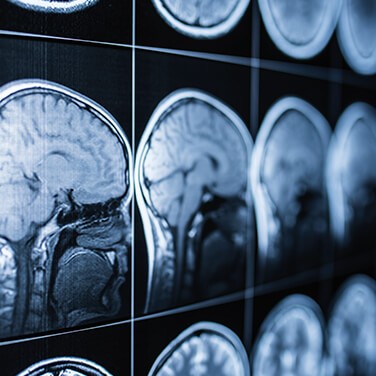New Technology Sheds Light on Concussions
by Kylie Wolfe
Researchers have created a portable brain imaging system that lets them more closely examine patient injuries after a concussion. Using near-infrared spectroscopy (NIRS) and a cap filled with lights, scientists can monitor and measure different aspects of brain activity.
Current Methods
Every year, 1.6 million people visit the emergency room after experiencing a mild traumatic brain injury (mTBI) or concussion. Though more prevalent in sports, people of all ages and activity levels can experience a head injury from a car crash, fall or other accident.
The severity of a concussion is currently based on the results of a computerized assessment test and patient-described symptoms. While helpful, these methods do not give physicians a complete understanding of the brain at a cellular level, and symptoms can vary from patient to patient. Standard tests like computerized tomography (CT) scans and magnetic resonance imaging (MRI) provide more detailed information, including signs of bleeding, swelling, bruising and scarring, but still not to the level needed.
New Technologies
A new, non-invasive brain imaging system, developed at the University of Calgary, closely resembles a swim cap that fits snugly on a patient’s head. The cap contains small lights and sensors that connect to a computer, and when the lights are turned on, the transmitted data can give doctors a closer look at microscopic-level interactions in the brain.
A healthy brain will exhibit similar blood flow and blood oxygen levels on both sides, but concussion patients show different patterns both immediately following the trauma and throughout the healing process. Physicians can now monitor these attributes with the benefit of more detailed information as provided by the new imaging system, which allows them to make more accurate diagnoses and provide better estimates of recovery time and release.
A study published in the Journal of Neurotrauma used this technology to test patients with mTBI who were experiencing post-concussion symptoms. Examining 12 mTBI patients and 12 healthy controls, researchers found that the imaging system provided insight on differences in the brain, including changes that indirectly affect neuronal activity in concussion patients.
Future Applications
A future study at the Alberta Children’s Hospital will use this technology to track patient progress. Researchers hope that this system will provide an easy, affordable way to monitor head injuries and that it can one day be used in concussion treatment clinics and sports facilities to help doctors not only determine the extent of an injury, but also observe patient progress.
